A beginner’s guide to Cape Verde
As the northern hemisphere winter starts to bite, our thoughts turn to warmer climes. But travelling to the Caribbean can be expensive unless you can snag an error fare and the Med’s still a little too chilly. If you’re looking for winter sun on a post-Christmas budget, why not consider Cape Verde? Known locally as Cabo Verde, it’s a ten island archipelago, nine of them inhabited. With a long history and dramatic volcanic landscapes to complement its many glorious beaches, there’s an island to suit everyone.

The salt pans which gave Sal its name
Getting there
Most Brits jet off to Sal, a largely barren island blessed with a bumper crop of beaches and enough resorts to leave you spoilt for choice. The two main operators that win on price are Thomas Cook Airlines and Tui, both of which offer direct flights from the UK. Depending on which extras you consider essential, you can pick up a flight for between £200 and £400. I recently blogged about my experience with Thomas Cook Airlines. Find my review here:
https://juliamhammond.wordpress.com/2017/11/25/review-of-thomas-cook-airlines/

Thomas Cook plane at Sal airport
No scheduled carriers offering direct flights serve the UK, but you can fly with TAP via the Portuguese capital. If you’ve never been to Lisbon, it’s possible to add a stopover to your holiday. Find out what you can do in and around Lisbon here:
https://juliamhammond.wordpress.com/2014/10/20/just-back-from-a-day-trip-to-lisbon/
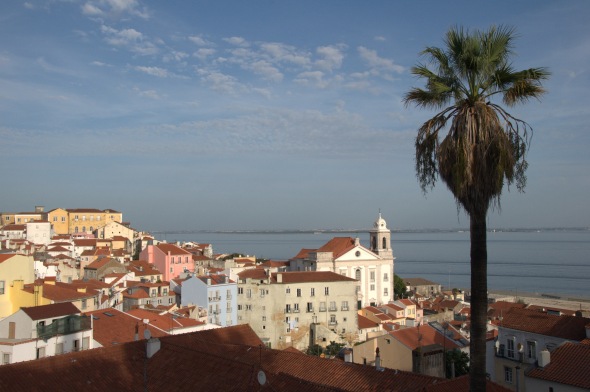
Lisbon’s Alfama district seen from the Mirador at Portas do Sol
Getting around
There’s recently been an increase in domestic flights between many of the islands, with Binter extending their reach from their Canary Islands base and Icelandair taking over the national airline TACV which could see it become more reliable. These changes have opened up island hopping for those constrained by relatively short holidays, providing a real alternative to the inter-island ferries that are available. I had a week on Cape Verde, splitting my time between the islands of Sal, Santiago and Fogo. Ideally you want to spend at least a few days on each. If I’d have been there for a second week, I’d have flown to São Vicente, home to the island’s cultural hub Mindelo and hopped over to Santo Antão for some hiking.
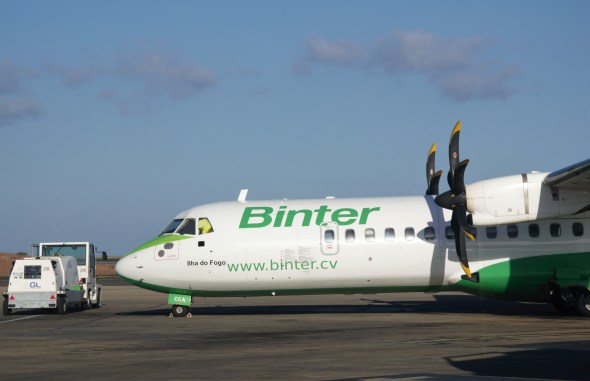
Binter, one of the inter-island airlines
What to see
Sal
Sal’s a package tourist hub, but with a little effort, you can venture beyond the horizons of the all-inclusives. I based myself in Santa Maria, the main resort. As time was limited – I’d really only added a night here to make sure I didn’t miss my flight – I booked an island tour through my bed and breakfast, the centrally located but basic Pensão Les Alizés. Costing just 25 euros for the day’s excursion plus a couple of entrance fees, it was a good way of covering some of the main sights on Sal without resorting to expensive taxis. You’ll notice the currency stated is euros; on Sal, most places will take euros alongside the local Cape Verdean escudos. It’s also worth visiting Project Bioversity’s turtle project, located on the beach behind the Riu Palace Hotel. Read about it here:
https://juliamhammond.wordpress.com/2017/12/04/an-interesting-turtle-project-on-sal-cape-verde/

Fisherman on Sal Island

Murdeira, looking over towards Monte Leão
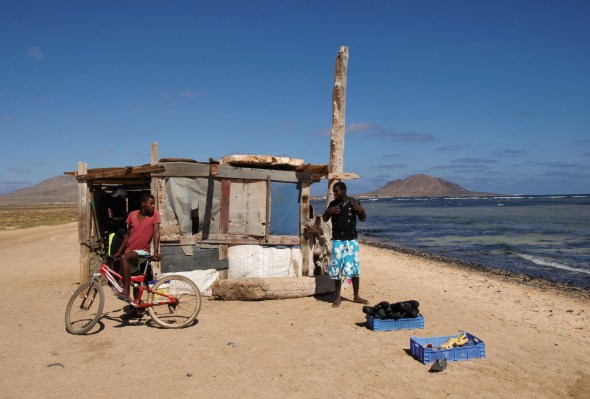
Shoe rental, Shark Bay

Salt pans at Pedra de Lume
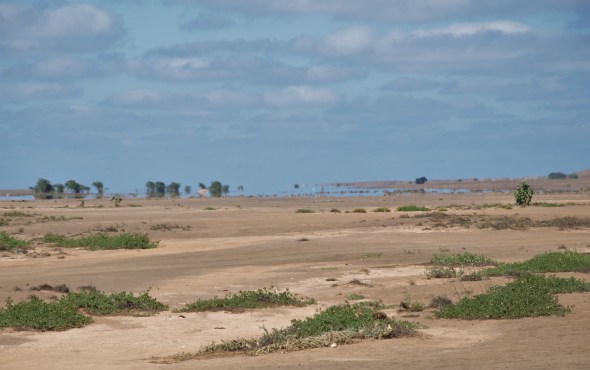
Mirage, not water

The Blue Eye
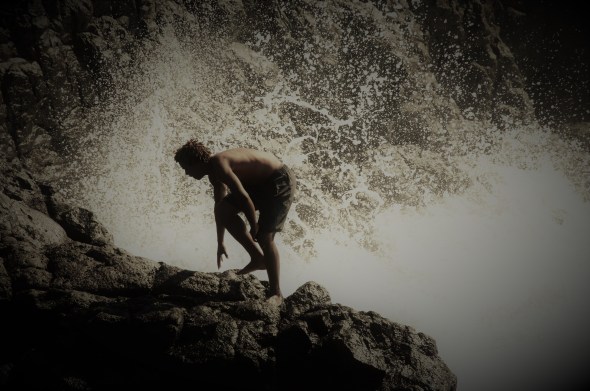
Buracona lava pools
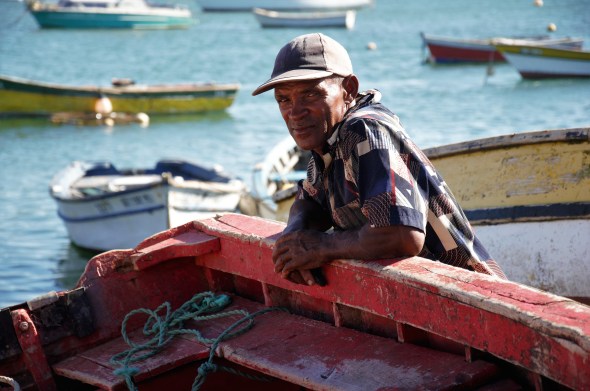
Local fisherman, Palmeira
Fogo
Fogo’s about as far removed from Sal as you can get. This tiny island is dominated by an active volcano which looms menacingly against the skyline as you approach. The island’s main town is São Filipe, whose colourful colonial sobrado mansions straggle down the rocky coastline towards the shore. The pace of life is slow, and tourists are relatively few in number. I’d recommend a stay at the Colonial Guest House, a restored 19th century sobrado house with a pool and restaurant within walking distance of the Bila Baxo’s historic attractions. It’s possible to climb the volcano, whose last eruption ended in February 2015, though I settled for an easier guided walk inside the walls of the caldera, along the Chã das Caldeiras. Book well ahead through your guest house to secure an English-speaking guide, as they are few and far between.

Bila Baxo

Sobrado mansion awaiting renovations
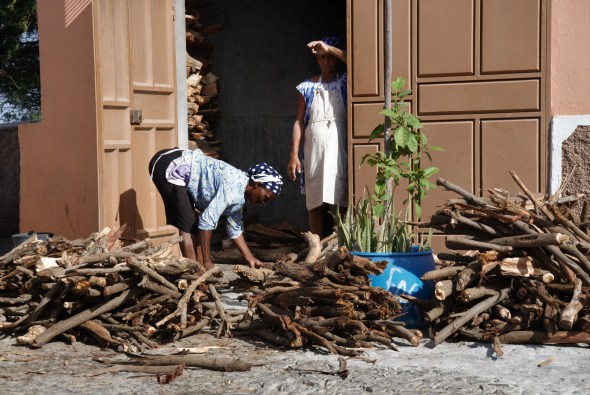
Bringing in the firewood, São Filipe

Parque Natural do Fogo
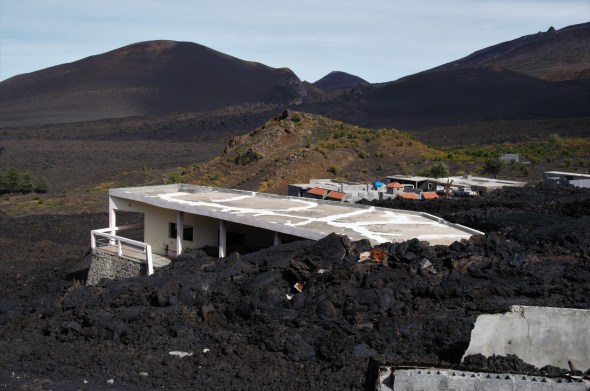
Homes and businesses buried in the 2014-15 lave flows, Portela

Road to nowhere, Chã das Caldeiras
Santiago
Home to the nation’s capital Praia, Santiago is an interesting destination for visitors. I based myself in Praia and, like most of its residents, headed out to nearby Cidade Velha on a warm November Sunday. Once known as Ribeira Grande, it was the country’s capital and focus for 15th century settlers. There’s a pillory post, left as a reminder to the island’s slave trading history, and a short stroll away you’ll encounter the oldest colonial church in the Tropics, Nossa Senhora do Rosário church. It’s also worth venturing into the island’s mountainous interior as the scenery is spectacular. The local minibuses, known as alaguers, are cheap. Try to get a front seat spot for the best views.

Rua de Banana, Cidade Velha

Nossa Senhora do Rosário church
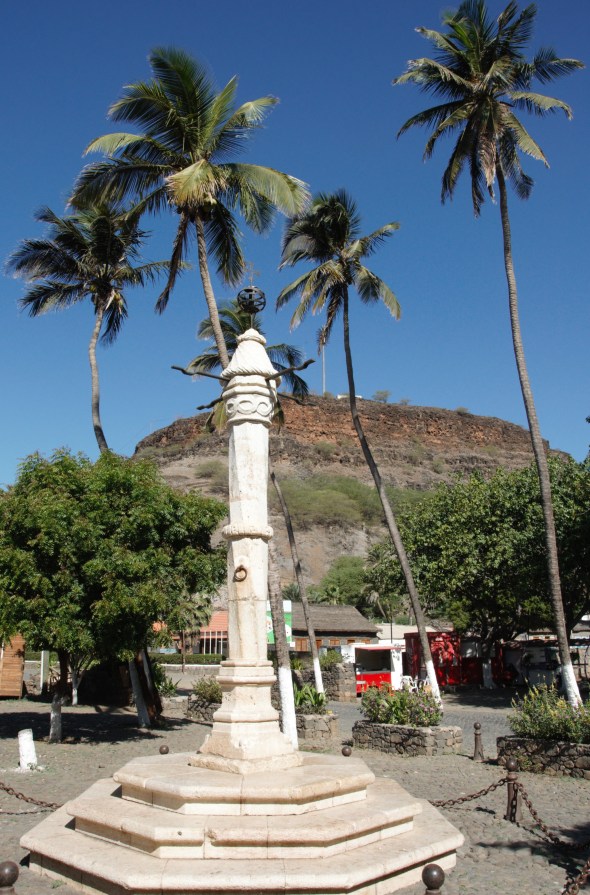
Pillory post, Cidade Velha

Football on the beach

Sunrise over Praia
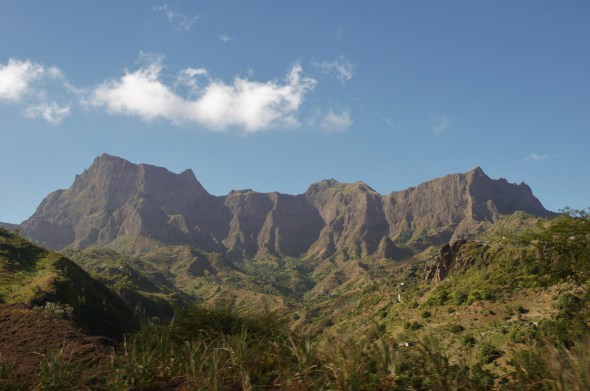
The road to Assomada
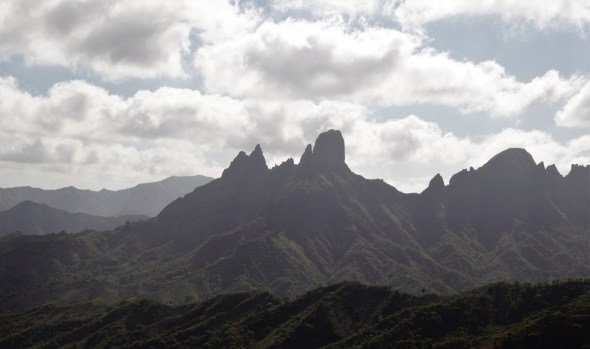
Dramatic peaks of Santiago’s mountainous interior
Tips for travellers
The diverse landscapes and captivating history make Cape Verde a rewarding destination. The variety of activities on offer make island-hopping a very attractive proposition, and with online booking, simple to arrange without the need for a package. That said, it is Africa, and travellers need to be prepared for things to occasionally run less smoothly than they’d like.
Transport can be a bit hit and miss, but the friendly Cape Verdeans will help if you find yourself stranded. Alaguers, or minibuses, run on set routes but if you flag down an empty one you’ll be asked if you want it “colectivo” or not – it’s cheaper to share but you’ll spend time waiting for passengers if they’re not full.
Weatherwise, it’s significantly warmer than the more northerly Canary Islands. During my mid-November trip, temperatures were pushing 30ºC. However, be prepared for the wind to pick up – if you’re looking for a fly and flop holiday, make sure your accommodation has a decent pool as you’ll often find the sea’s off limits due to dangerously strong tides.


Pingback: A year of travels: looking back on 2017 | Julia's Travels